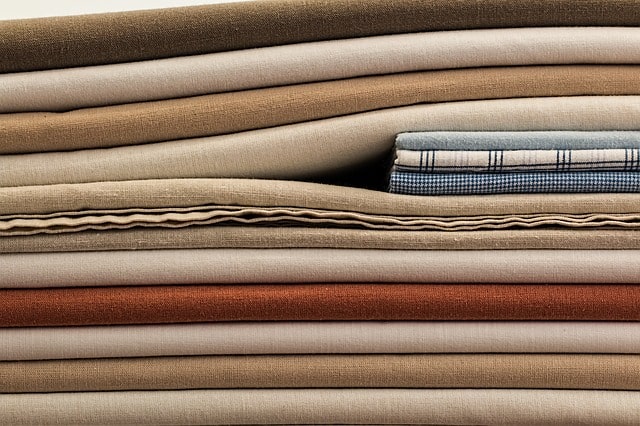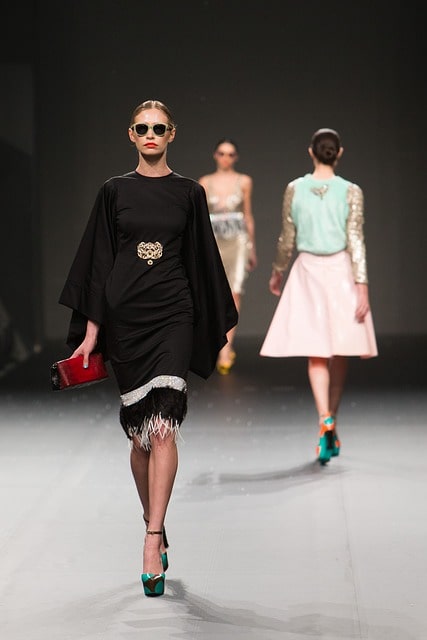Sustainability - a vital breakthrough for the world of fashion
With a global rate of over 2.5 trillion dollars and over 80 million people employed within it, the fashion industry is a significant element of the global economy. Over the last few decades, the industry has grown at a breakneck pace. Today, it is having a devasting impact on the environment. In reality, it is the world's second-largest polluter, trailing only the oil industry.
Today, the fashion clothing industry:
- earns $2.5 trillion annually;
- employs 86 million people worldwide;
- is blamed for 10% of the world's greenhouse gas emissions.

Moreover, twenty percent of water pollution worldwide is caused by clothing production, and huge amounts of money are lost every year due to the poor recycling of clothing.
There are, however, practical solutions, which are not so difficult to implement. The first stage is to raise awareness and a willingness to change. People know the situation is critical and action is needed. So, what can be done to promote sustainability in the fashion industry and reduce its hazardous impact on the environment?
Primarily, buying and consuming wisely. Consumers in the twenty-first century prefer eco-friendly brands. This trend is not new, but it is rapidly evolving and strengthening nowadays.
Recycling and reuse of old clothes should also help. Many companies are engaged in this process, including such giants as H&M. However, it is almost impossible to say whether this gives any results since the same brand continues to produce mountains of goods that only induce a person to buy more and more and then throw them away.
Apart from wise consumption, we can use more eco-friendly fabrics. With these materials, the transition to a sustainable lifestyle will be far easier.

Linen is number one in the world of eco-fashion. It is one of the most biodegradable and fashionable materials. Thanks to its qualities, it has been employed by people dating back to ancient times. Linen no longer requires hazardous pesticides to be used for its cultivation. Its cultivation has a beneficial effect on the soil. There is no need for dangerous chemicals while processing flax fiber as well.
Ecowool uses only natural sources in the process of production. The wool is obtained from animals that only eat organic products. Fabric coloring is exclusively done using natural dyes: fruits, plant leaves, juices, etc.
Pinatex is a material created from the leaves of Philippine pineapples. Its manufacturing is far more environmentally friendly than traditional leather and does not use any animal products. Its production involves no use of hazardous chemicals. Pinatex can replace the use of hazardous or unethical raw materials. It is already used to make shoes and accessories.
To reduce microfiber contamination in our waters, there is a renewed focus on natural sustainable fibers, such as Lyocell. Lyocell is made of cellulose that comes from wood pulp. It does not leave any residues in the water after washing. Hemp, bamboo, and even algae are also natural materials which are used to make eco-friendly clothes these days.
Celebrities’ contributions
In addition, actors and celebrities play an important role in reaching the goals of developing sustainability in the production of fashion clothing. People have always paid attention to celebrities’ preferences. Their activities in shifting the fashion industry toward sustainability and eco-friendliness can serve as a great example of how to protect our future.

Stella McCartney has been an innovator in eco-friendly sustainable wardrobe solutions since the debut of her fashion brand in 2001. Organic fabrics and recycled textiles are among the materials utilized by this designer, who avoids fur and leather. She also works with famous brands, such as Adidas, for better promotion, and has a line of all-natural perfumes as well.
Emma Watson, in turn, has joined the Kering sustainability group, which includes leading fashion houses like Gucci, Balenciaga, and Saint Laurent. Rooney Mara runs her own brand ’Hiraeth’ that deeply cares for nature. Pharrell Williams together with G-Star has started the denim line made from recycled materials. Gwyneth Paltrow, Petra Nemcova, and Jessica Alba are all part of a growing list of celebrities who are changing our attitude towards sustainability in fashion.
Consumers today are increasingly more conscious of their purchases and are interested in learning more about the origins of their clothing. As a result, clothing firms are changing their policies to improve transparency and standardize their manufacturing processes.
The adjustments to make clothing production more sustainable simply must be adopted by all large corporations. However, the changes we all make as consumers will also drive us to a better ecological future.
